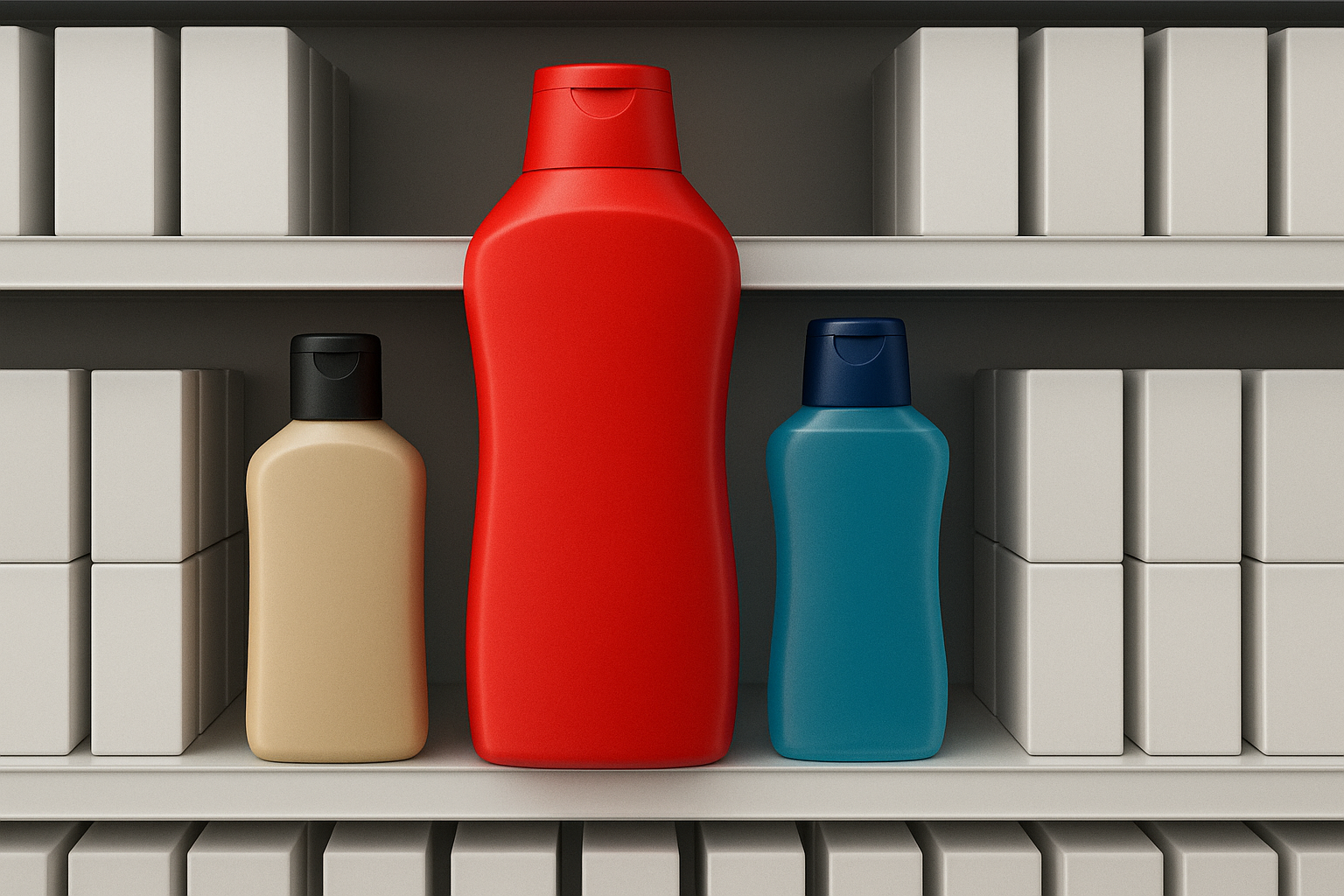Consider beginning the optimisation process at the end of the shopper journey or purchase process and working back, as this can be a more effective approach. Although excellent brand activity can capture attention, a lack of understanding of the in-store environment and shopper behaviour within it can significantly impact a brand's performance.
Brands often concentrate on increasing brand awareness and creating excellent campaigns to attract the attention of shoppers, resulting in greater in-store visibility and better positioning. However, what if brands could build on this with understanding the psychology of the shopper and then influence them using proven in-store communications vehicles, such as packaging and shelf-ready packaging (SRP)?
In today's world, where e-commerce drives growth and allows consumers to go from unaware to advocate in an instant, understanding the journey shoppers go through to make a purchase and what drives them through the funnel is critical.
If brands and retailers do just one thing to improve their understanding of shopper behaviour, they should spend an hour in a store observing how people interact with the products. These observations reveal everything you need to grow a brand or category in-store, with the learnings being relevant to both online and offline environments.
Shopper Marketing is the practice of using shopper insights to define a marketing mix that appeals to the shoppers' state of mind along the path to purchase and positively influences shopper behaviour - resulting in conversion from shopper to buyer.
The average person passes thousands of products, making it impossible to take in every individual opportunity that seeks attention. Shoppers rely on heuristics to help them navigate, which is why they tend to prefer familiar stores that they can navigate more easily. Any significant changes to store layout can cause frustration and irritation to shoppers as it requires more effort and makes it more difficult to find what they are looking for.
Given this knowledge, brands and retailers should design to meet the needs of the subconscious mind of the shopper. When observing shoppers, you might witness behaviour such as people placing their faces close to bottles or rubbing them on their cheeks, tilting milkshake bottles subconsciously to feel their viscosity, or surreptitiously unscrewing washing liquid lids to inhale the aroma. Shoppers might squeeze bread or rub apples on their trousers.
In other words, there is very little conscious thought taking place in our minds when we shop.
Although well-designed packaging is critical, people have different perceptions of what constitutes excellent design. Therefore, it's important to look beyond aesthetics and match the design hierarchy with shopper psychology and their behaviour in-store. To begin with, the packaging must stand out against the competition and the shelf, and then it must be recognised as representing the brand or category. Next, the packaging design should work to make the product with, appealing. This in turn draws the shopper in and engages them. Only once the shopper has seen an item, found it appealing in some way, and engaged with it, will they go on to buy i

We call this the See, Appeal, Engage & Buy model. By building this framework before the design phase, brands have seen up to 150% more sales. It's important to consider the different parts of the purchase process that shoppers must go through and deliver additional cues and messages outside of the packaging. This means utilising things like Free Standing Display Units (FSDUs) and SRP to reach different stages of the shopper journey with the right message.

For instance, brands could use an FSDU to prime shoppers that the category is nearby and use an SRP to help shoppers locate specific products or variants.
Adcock Solutions have been improving the marketing communications of leading brands and retailers for more than 25 years. We explain how your customers think and make decisions so that you can engage with them more effectively.
Come to us for Behavioural Science insights and expertise that improve your brand's visibility, appeal, engagement, and sales.






